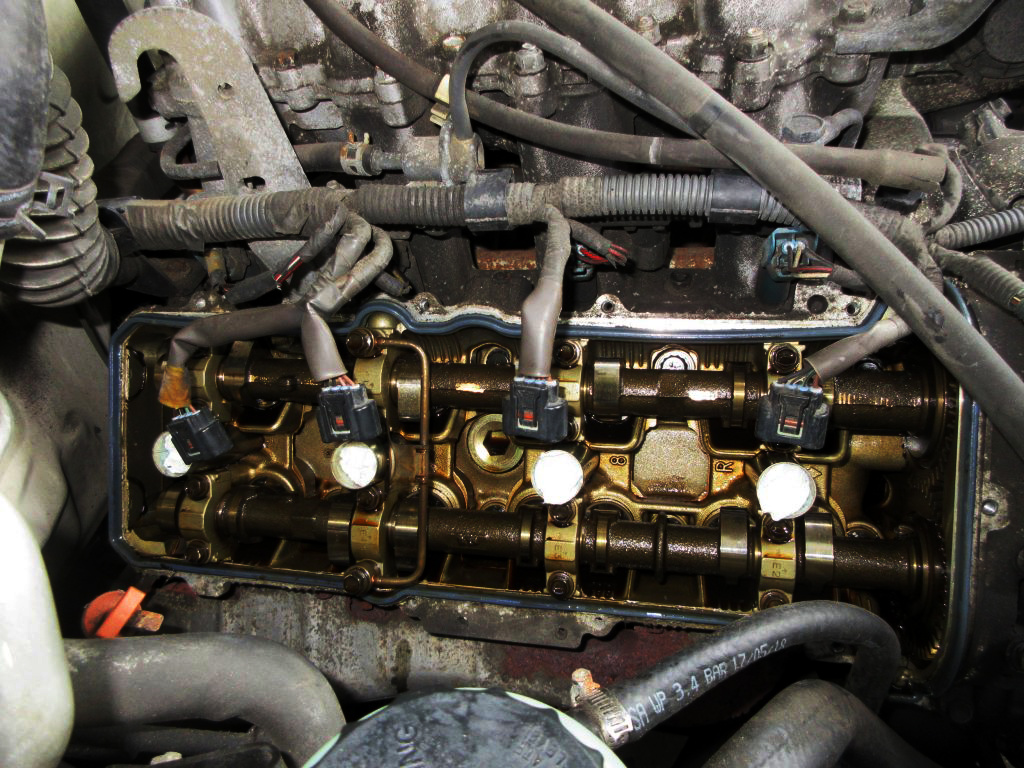They rusted due to excessive salt exposure. All vehicles do/did in that era under similar conditions, as a matter of fact. Toyota actually had corporate responsibility and recalled and replaced most of the effected frames.I’d say frame rot is a big deal, no? These routinely have trannies fail, they weren’t built for the 1/2 Ton truck work that people wanted to use them for.
Fords and Chevys go to half a million miles too. I guess that’s really all i have to say to you.
I think you're fabricating transmissions issues, I've never heard that being a problem in this era Yota.
I agree, some Ford and Chevy TRUCKS can go that distance. You won't find many Blazers or Expeditions with 500k miles, heck probably not many with 300k miles out there. And they don't command the premiums these Yotas command.


